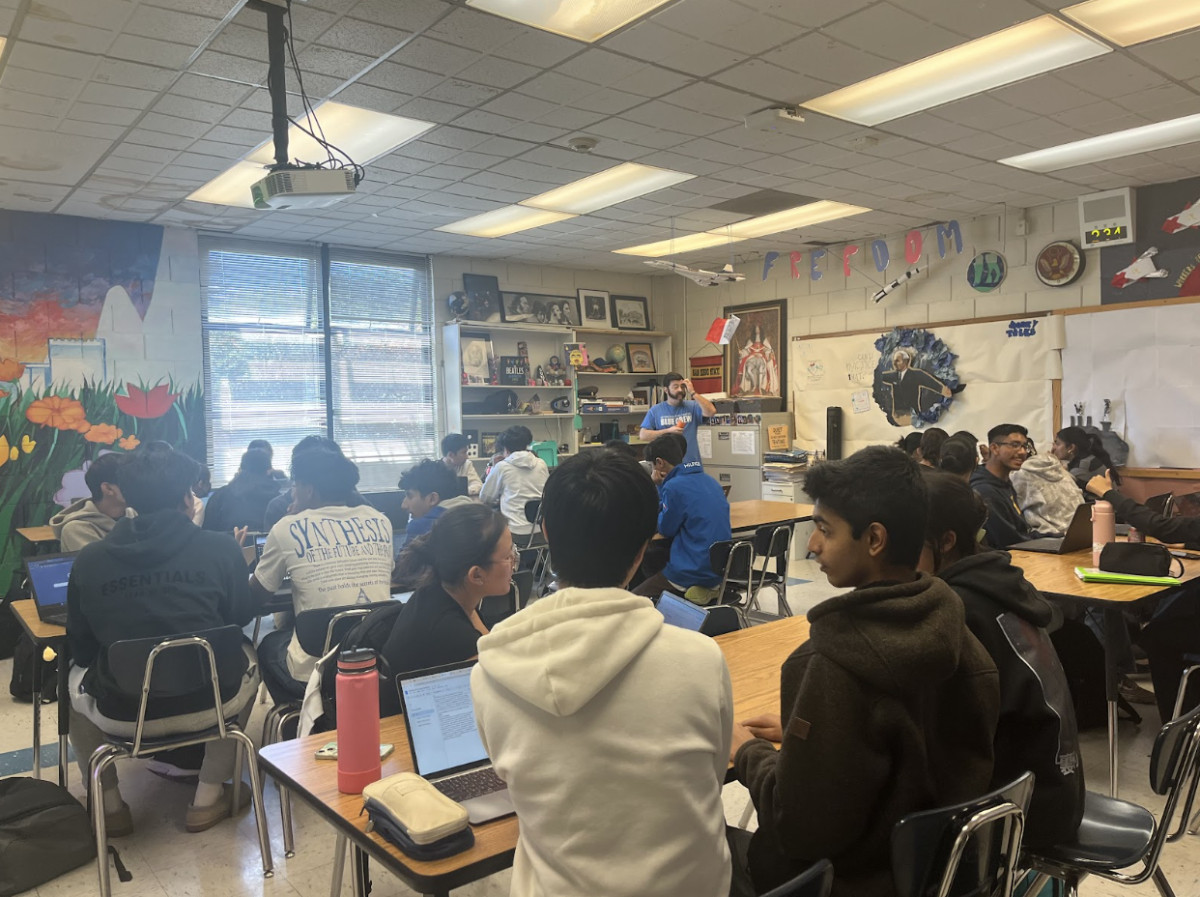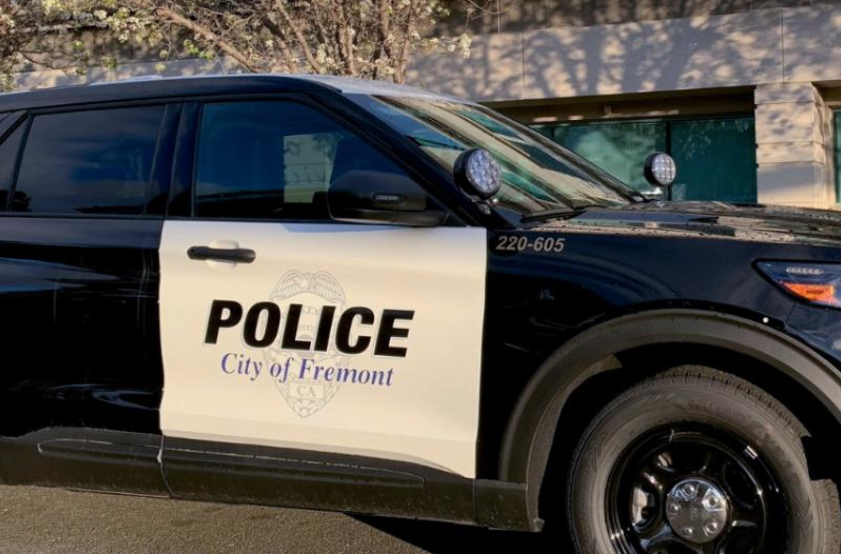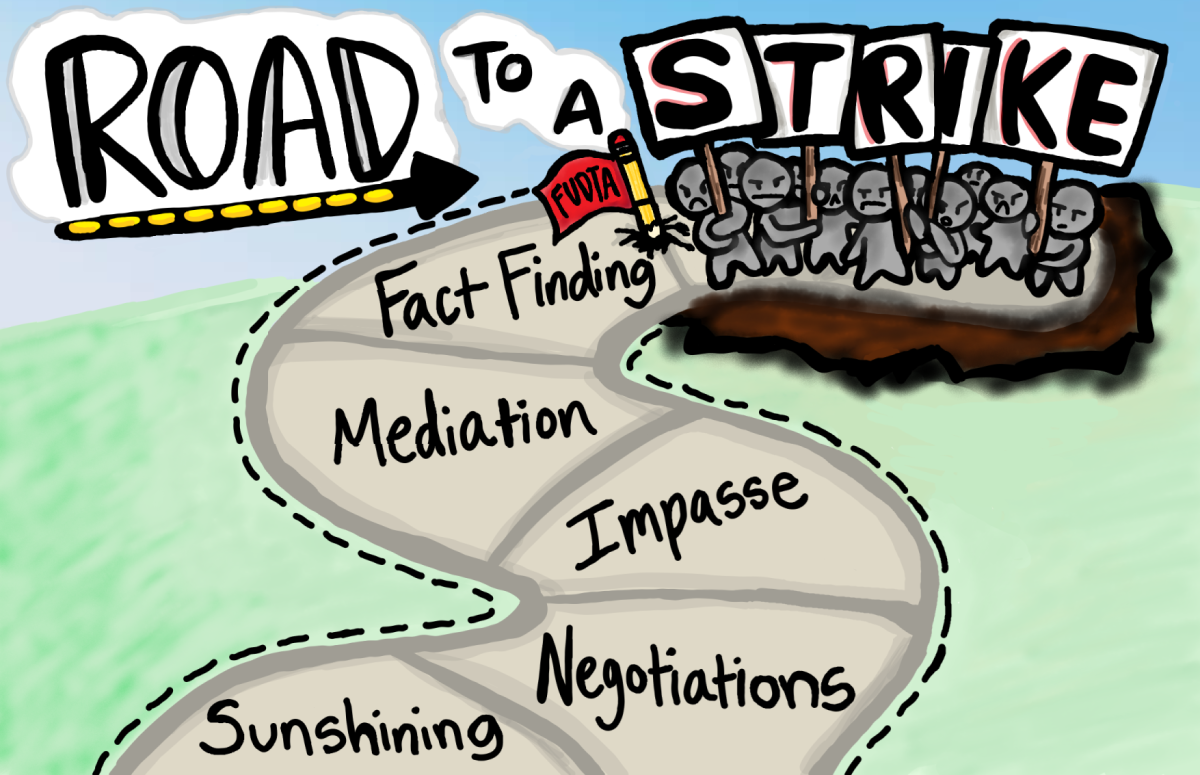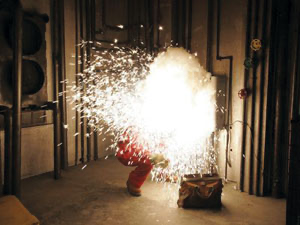On Wednesday, January 22, a message on StudentSquare was sent out concerning the Irvington High School Dress Code. Although not strictly followed, our official dress code currently consists of the following rules:
- “Shoes must be worn.” (enforced)
- “Pupils must wear shirts/blouses. Tank tops or off the shoulder or short blouses/shirts, which show the torso, stomach, or midriff, are not allowed. Clothing which reveals the torso, tube tops, or halter-tops, muscle shirts and spaghetti strap clothing are also prohibited.” (not enforced)
- “Students may not wear, possess, use, distribute any clothing, jewelry, emblem, badge, symbol colored bandanna, or sash which represents or evidences membership or affiliation with any gang.” (enforced to knowledgeable extent)
- “Hats may not be worn on the Irvington High School campus. This applies to all secondary schools AB5132. Students may only wear hats with their school insignia/logo outdoors.” (enforced dependent on teacher)
- “Students may not wear any clothing, jewelry, emblem, badge, symbol or other insignia that advocates the use of drugs, tobacco, or alcohol, that expresses or advocates prejudice, or that encourages illegal activity.” (Newly enforced)
- “Chains, spikes on jackets and pants or any other potentially dangerous objects may not be worn on school sites.” (enforced)
This dress code was last updated in 2019, and is not strictly followed around Irvington. However, the newest policy update has students wondering whether the full dress code will begin to be enforced throughout the end of the school year. Mr. Hicks explains that these rules are applied on a case-by-case basis. The premise for the Cookies ban, however, came from more widespread problems around the school district. In fact, the administration was directed to send this reminder directly by parents and the District who were concerned for the welfare of their student body and the overwhelming appearance of the brand around campus.
The Cookies brand is a reference for marijuana. As a controlled substance that is illegal for youth, it falls directly under rule 5 of the current dress code. Of course, some students argue that simply banning a type of clothing is not going to change habits, and may actually further them as it draws attention to the issue at hand. “The clothing is very stylish and comfortable, and, in my opinion, the district has bigger things to worry about,” explains a junior who wished to remain anonymous. “I understand if the clothes have pictures of the drug, they shouldn’t wear it, but the logo alone does not promote illegal activities.”
Mr. Hicks argues that “The company name is a trademark, which is connected to controlled substances” and “the clothing is not freedom of expression at that point.”
However, students should not worry about problems with the dress code in future years. “We are not pushing to enforce the full code,” Mr. Hicks explained when asked about rules such as shoes and shirts, “not unless they are a clear violation or offend someone.” Additionally, the dress code is being pushed for review over minor tweaks over the summer. Lifts on rules such as hats and flip flops have been dismissed over the past couple years, and overall expression through clothing has been mostly left alone.
Overall, Mr. Hicks explains, “That [the dress code] is a board decision and not something we [Irvington] will pursue.”











